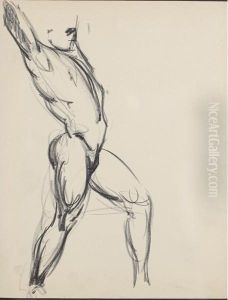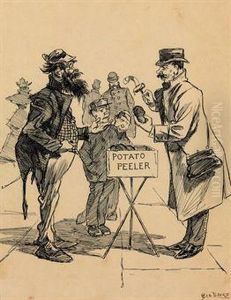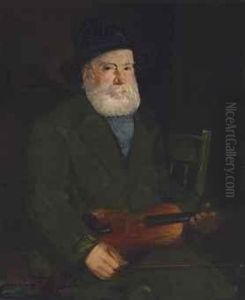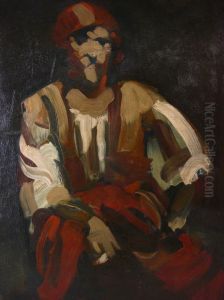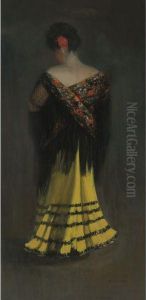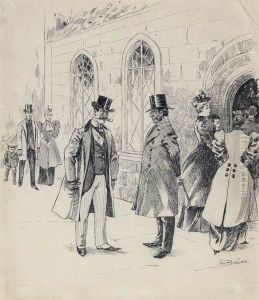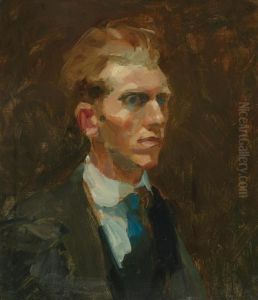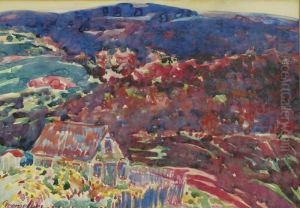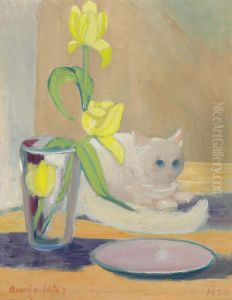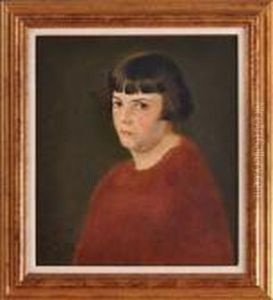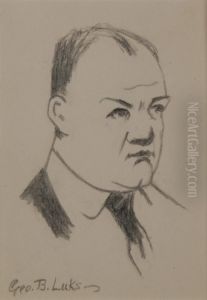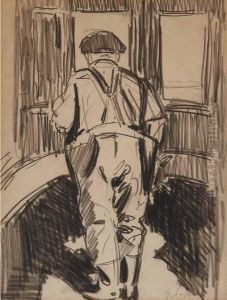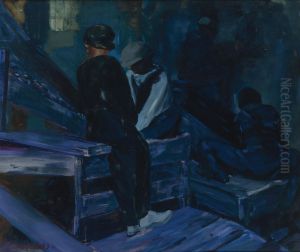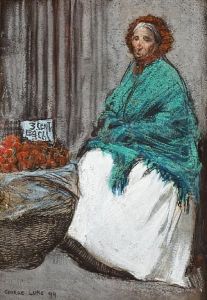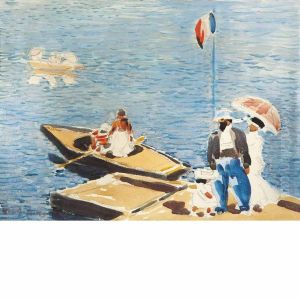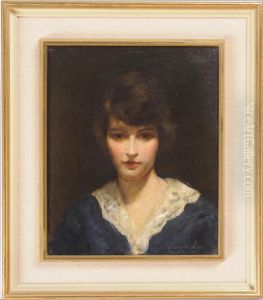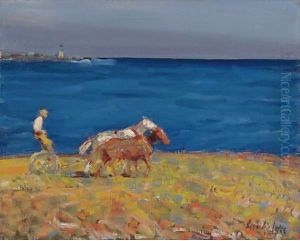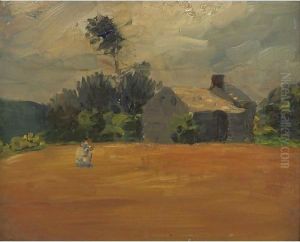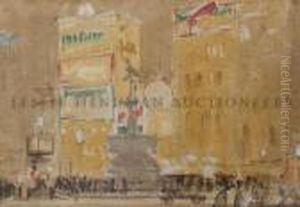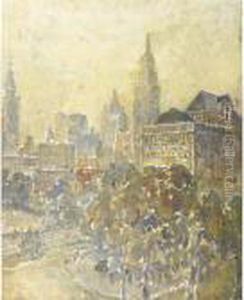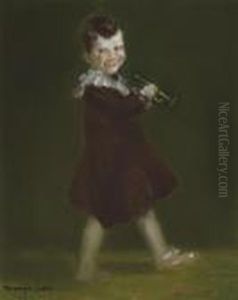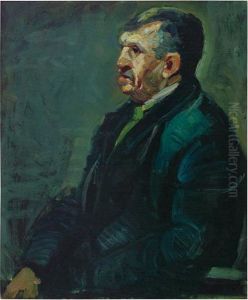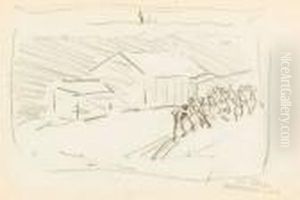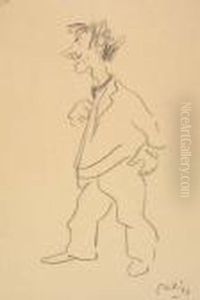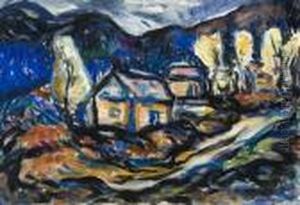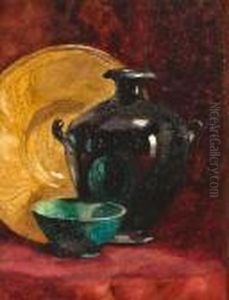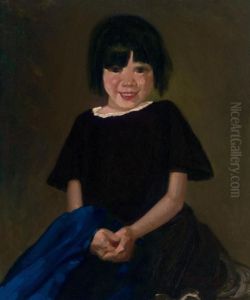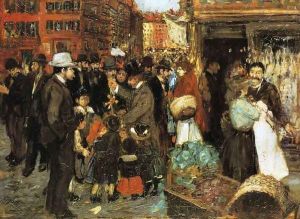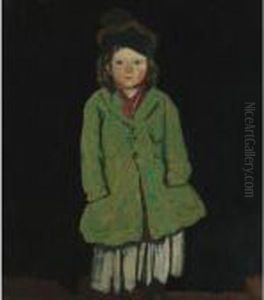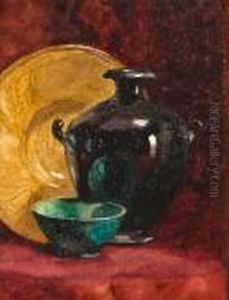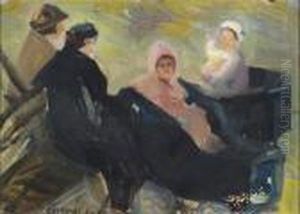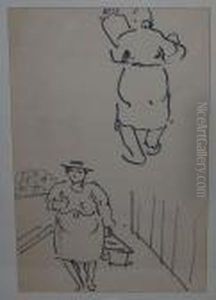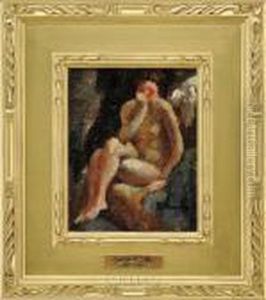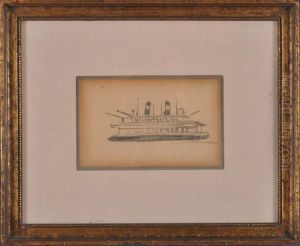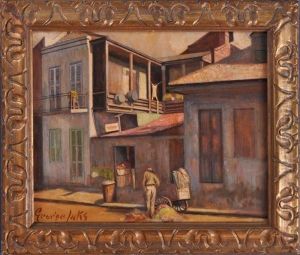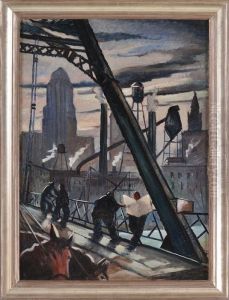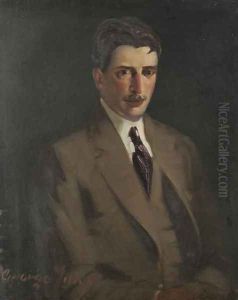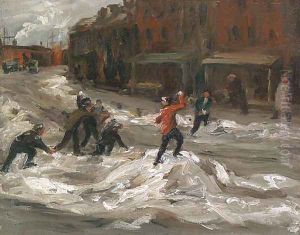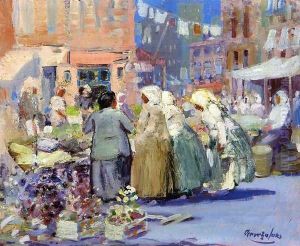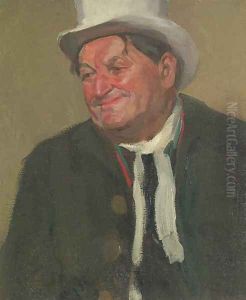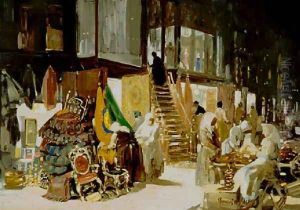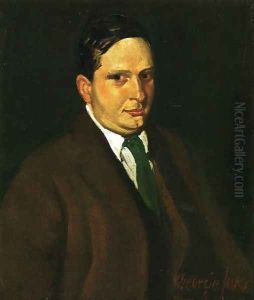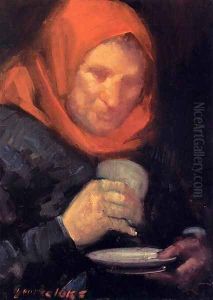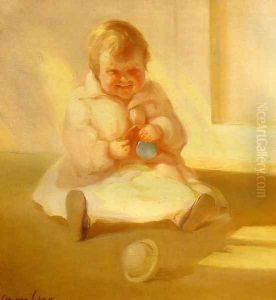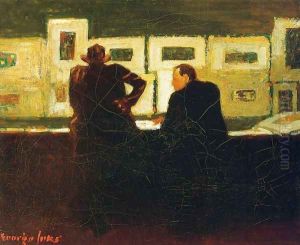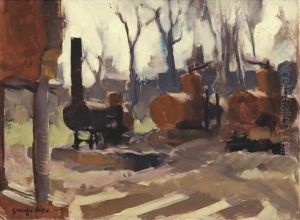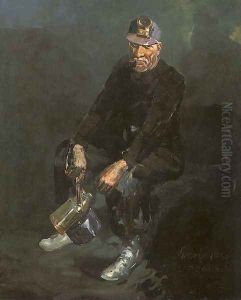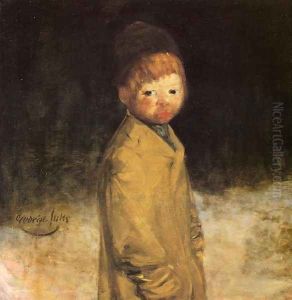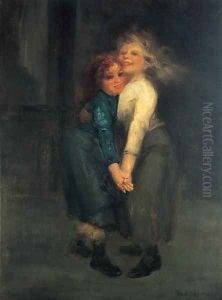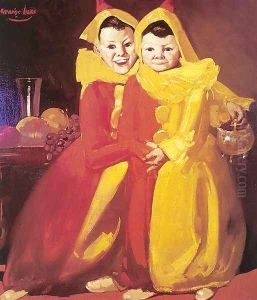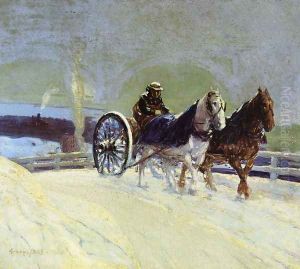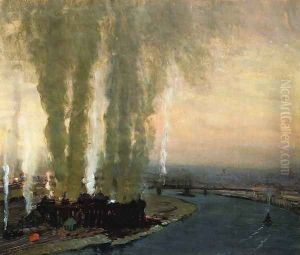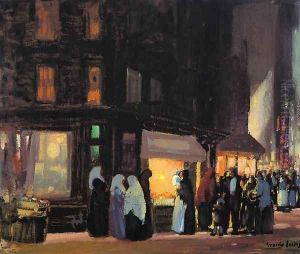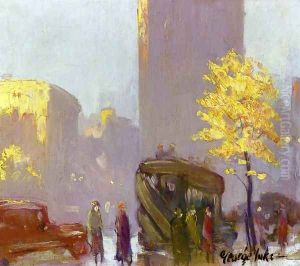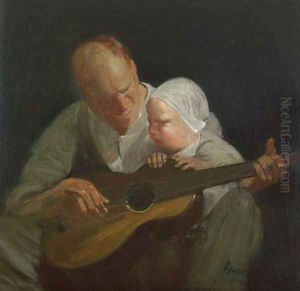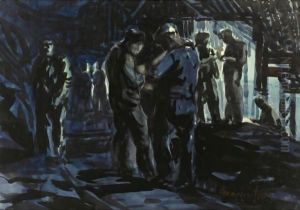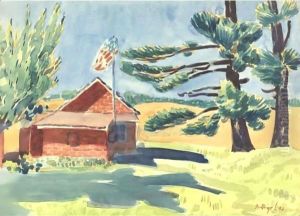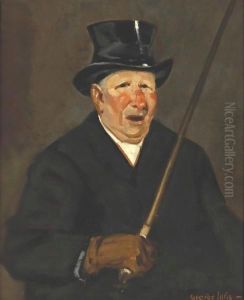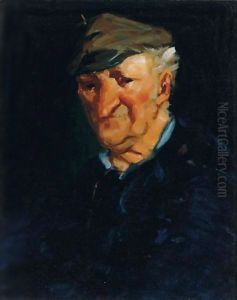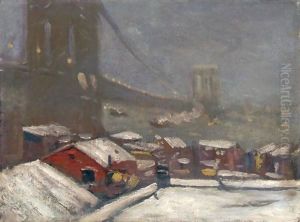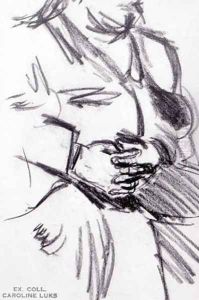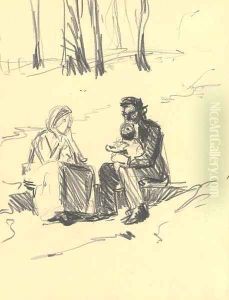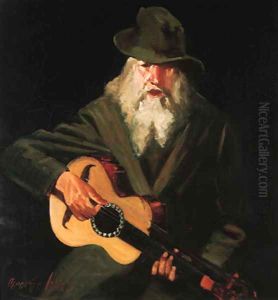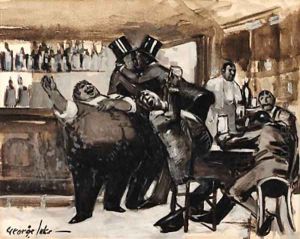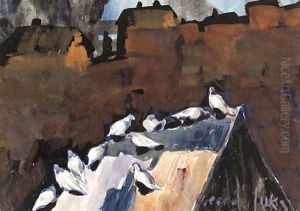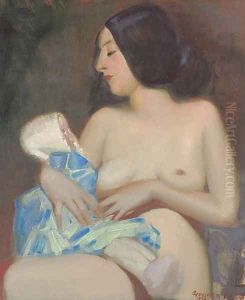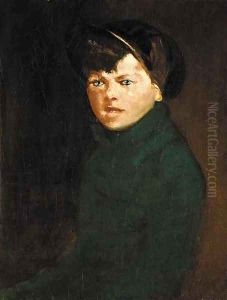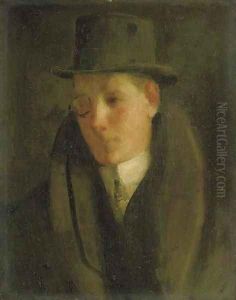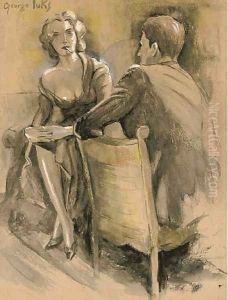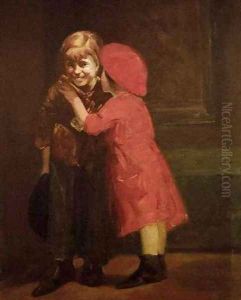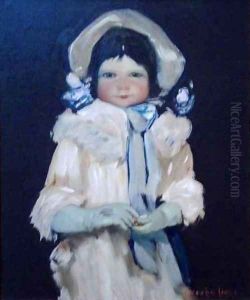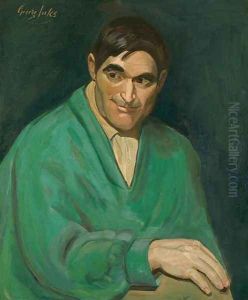George Luks Paintings
George Benjamin Luks was an American realist artist and one of the members of the group of painters known as the Ashcan School. Born in Williamsport, Pennsylvania, on August 13, 1867, Luks grew up in a vibrant household, where he was exposed to the arts from an early age. His father was a physician who also had an interest in the arts, and this environment fostered Luks's early artistic talents.
Luks studied at the Pennsylvania Academy of Fine Arts before traveling to Europe, where he furthered his education in art. During his time in Europe, he was influenced by the Old Masters as well as the contemporary Impressionist movement. After returning to the United States, Luks settled in Philadelphia, where he worked as an illustrator for several newspapers, including the Philadelphia Press.
His work as an illustrator brought him into contact with other artists who were interested in depicting the realities of urban life, including Robert Henri, John Sloan, William Glackens, and Everett Shinn. Together, these artists would form the core of the Ashcan School. They were known for their gritty portrayals of New York City's street life, the working class, and the underbelly of urban existence. This was a stark contrast to the idealized images that were common in American art at the time.
Luks moved to New York City in the early 1900s, where he continued to paint scenes of the city with a bold, vigorous style. His subjects often included lower-class individuals, such as street vendors, entertainers, and other denizens of the city's poorer neighborhoods. One of his most famous works, 'The Wrestlers' (1905), reflects Luks's interest in capturing the raw energy and movement of his subjects.
Despite his association with the Ashcan School, Luks's style was unique and idiosyncratic. He was known for his expressive brushwork and his ability to capture the spontaneity of a moment. Luks was also a charismatic and flamboyant character, known for his boisterous personality and love of nightlife, which sometimes overshadowed his dedication to art.
Throughout his career, Luks also taught art, influencing a new generation of painters. He was an important figure in the New York art scene and exhibited at the famous 1913 Armory Show, which introduced modern European art to a wider American audience.
George Luks's life came to an abrupt end when he died on October 29, 1933, in New York City. His legacy is that of a pivotal figure in the transition of American art from the academic traditions of the 19th century to the more dynamic and realistic approaches of the 20th century.
